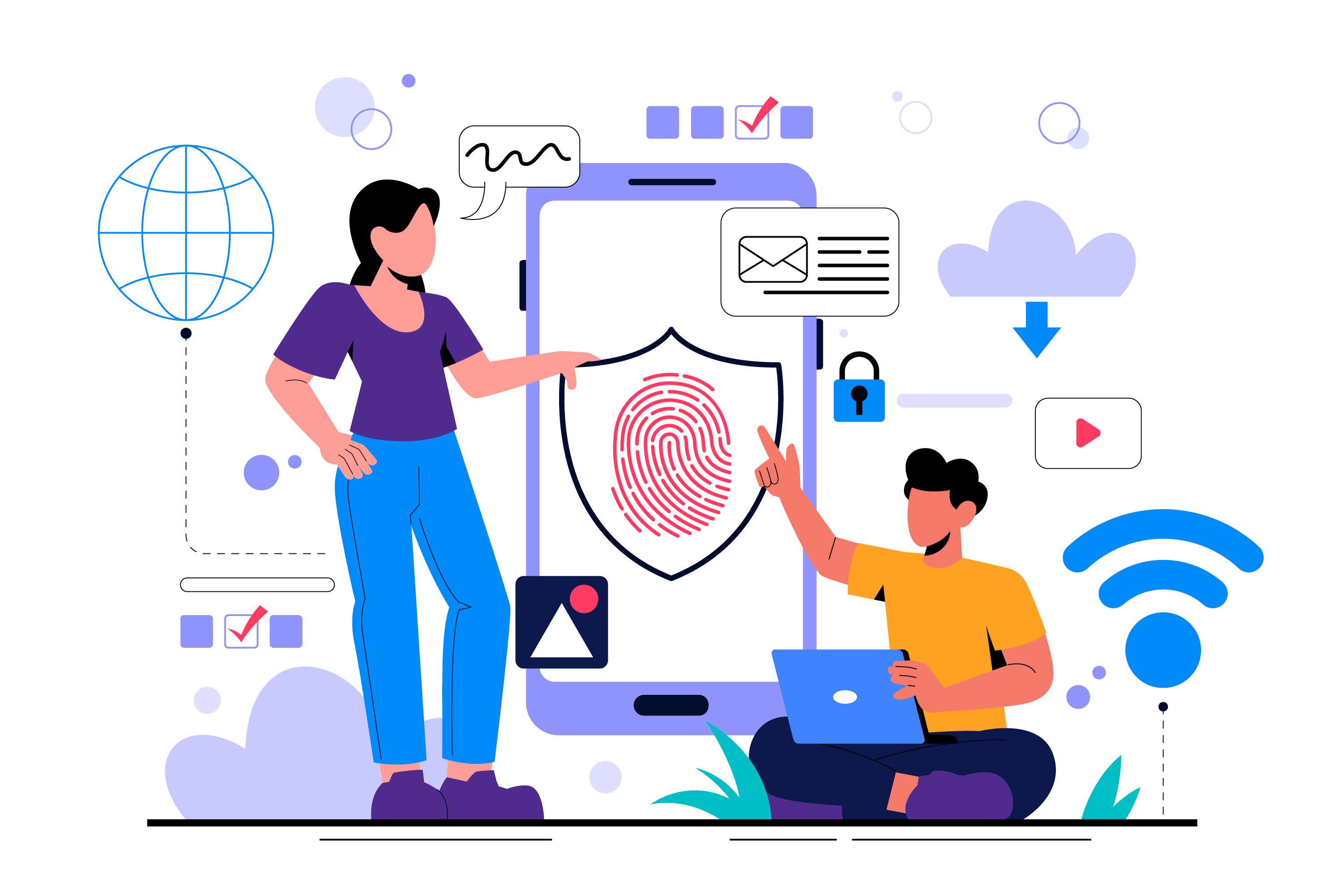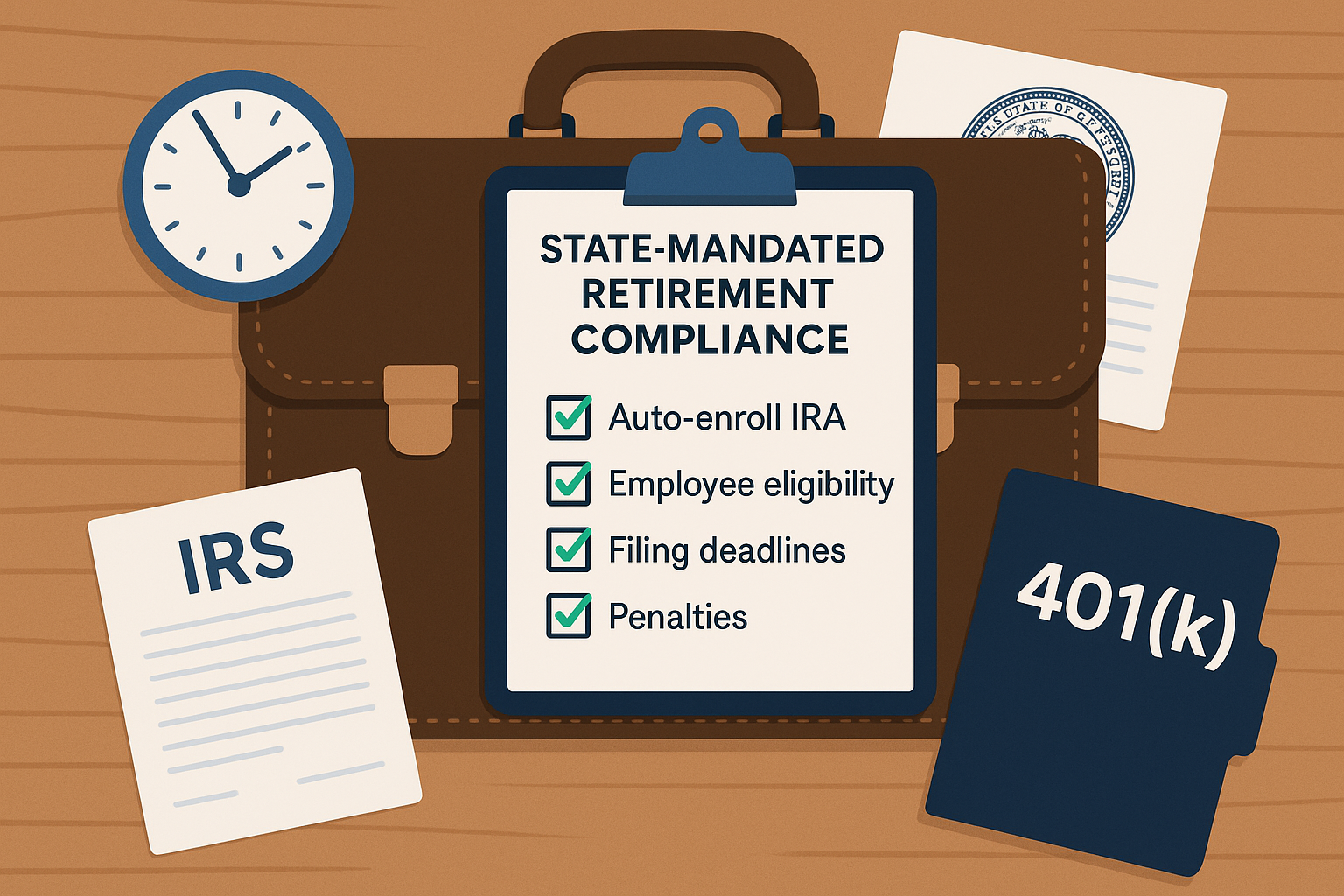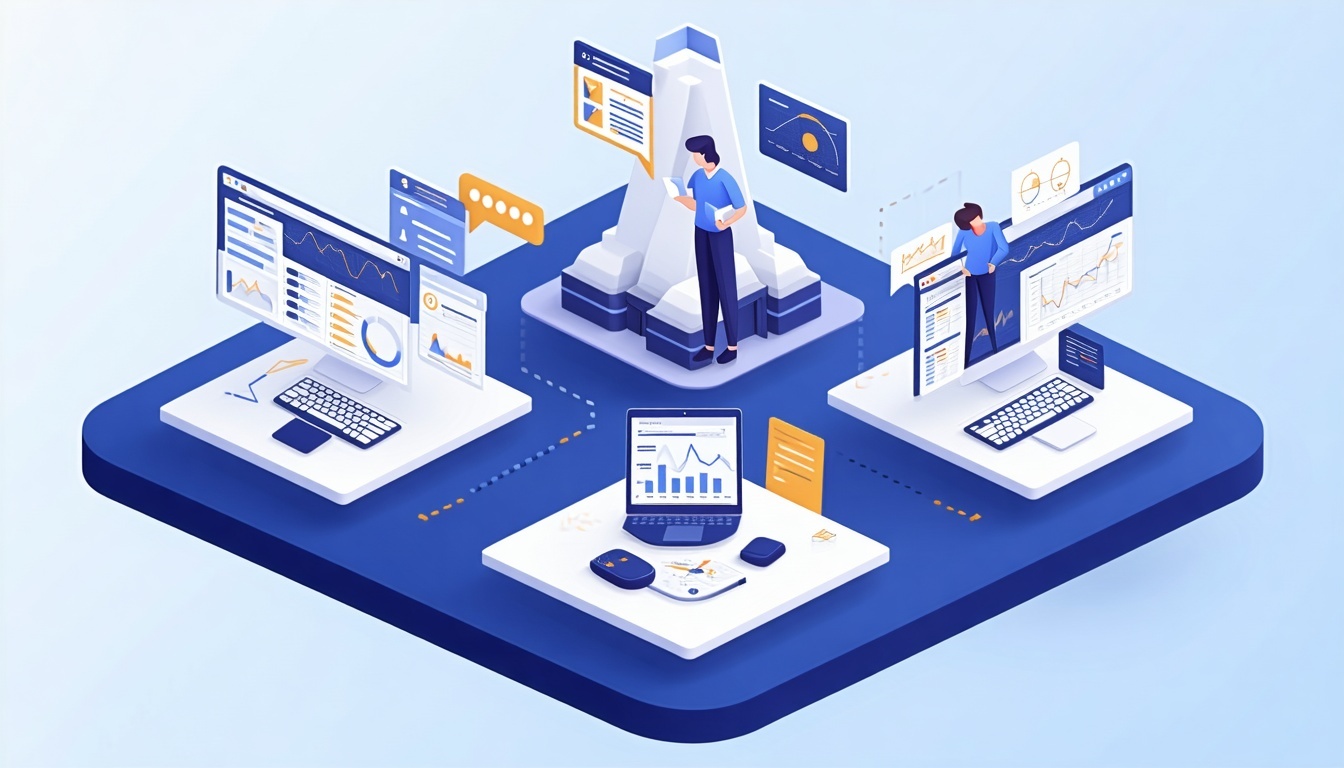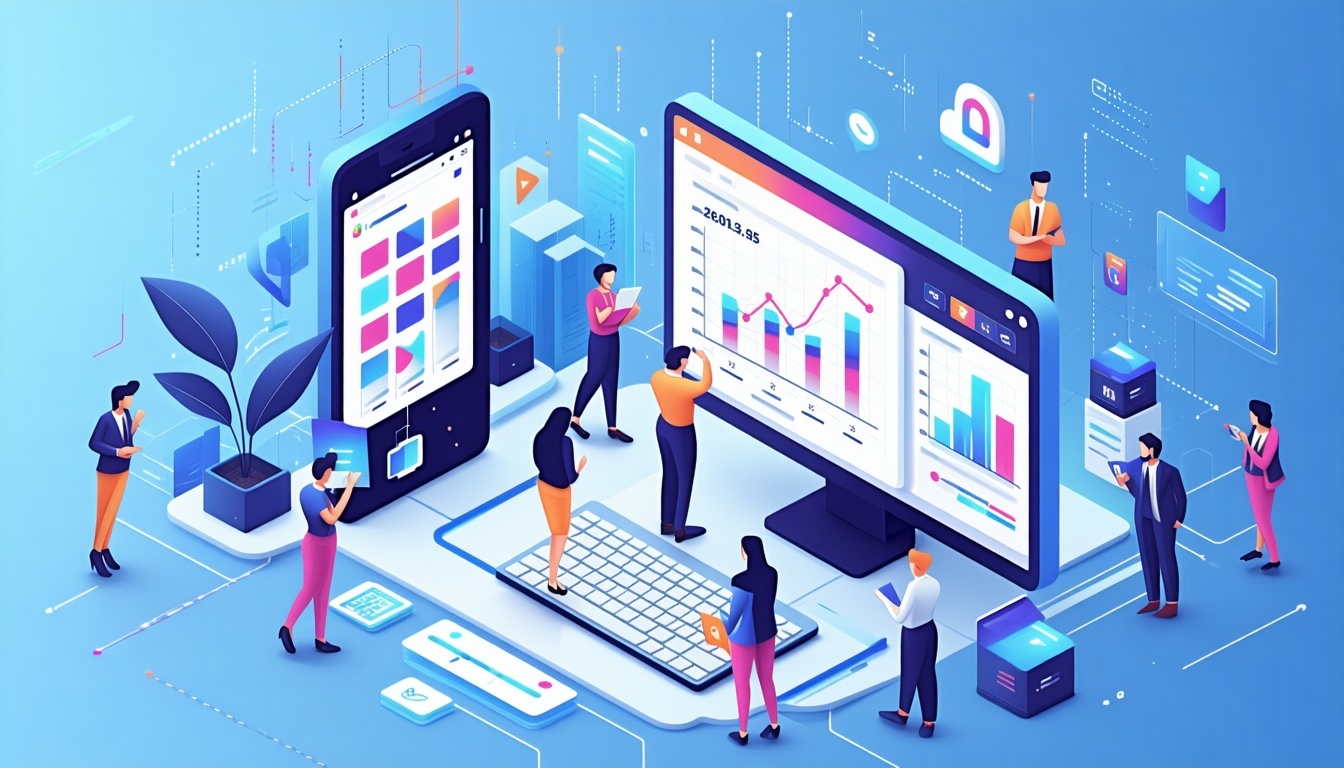Employee Offboarding Excellence: The 5-Step Strategic Framework
April 21st, 2025
6 min read
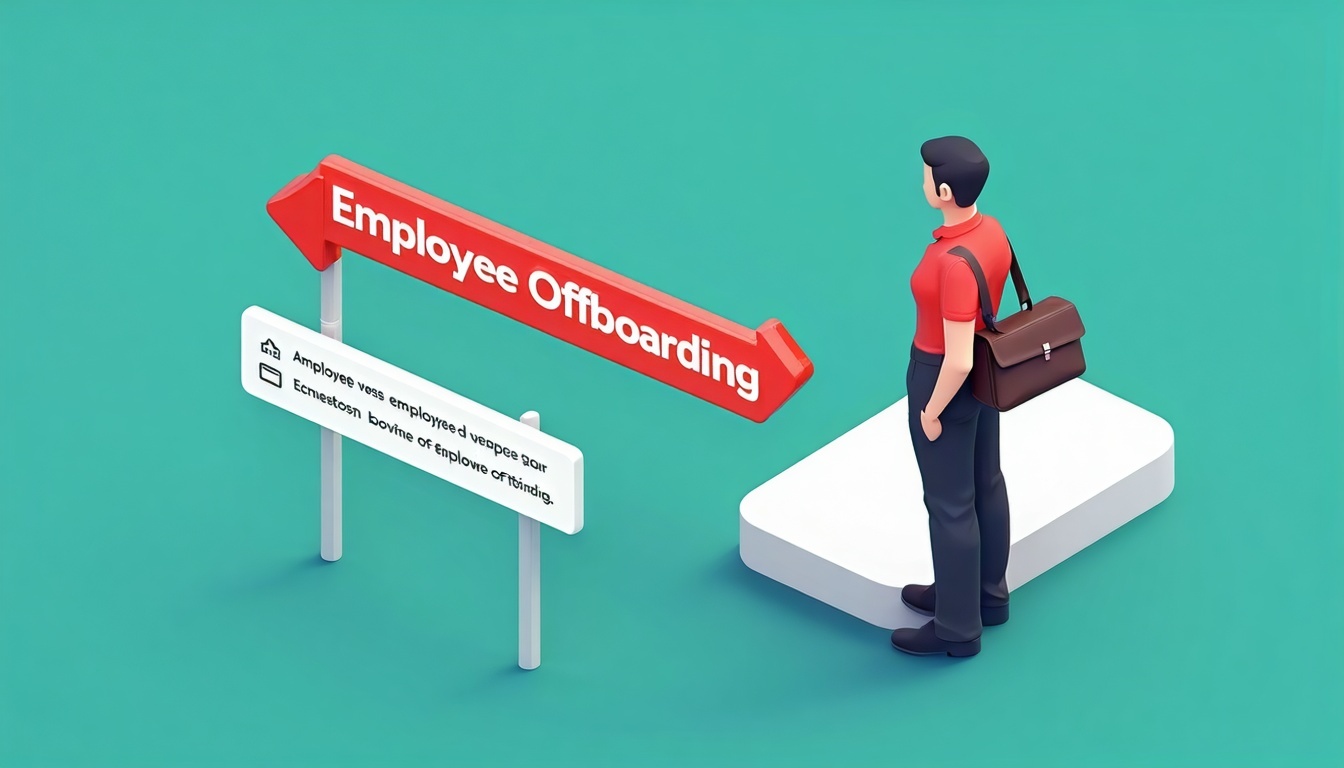
Did you know that organizations with structured offboarding are 40% more likely to successfully rehire former employees, while 66% of data breaches originate from insider threats, including former employees with lingering system access? These statistics underscore a critical reality—employee offboarding isn't just an administrative process; it's a strategic imperative with significant security, compliance, and reputation implications.
Let’s be honest—offboarding rarely gets the attention it deserves. When an employee leaves your organization, it kicks off a complex process that touches almost every department: HR, IT, payroll, facilities, and even leadership. If your team scrambles every time someone exits—revoking access, collecting laptops, figuring out final pay—it’s a sign your offboarding process needs a serious upgrade.
At Lift HCM, we’ve worked with HR leaders and business owners across the country who faced the same challenge. Over time, we've helped them transform their exit procedures into structured, secure, and respectful experiences for both the company and the employee.
In this article, you’ll learn how to streamline employee offboarding using five core strategies: standardization, automation, communication, compliance, and feedback. By implementing these approaches, you'll convert exits from security risks and paperwork nightmares into smooth, professional transitions that protect your organization while preserving relationships.
Table of Contents
- Implement a Comprehensive Digital Offboarding Checklist
- Leverage HR Automation for Seamless Offboarding Workflows
- Develop Multi-Channel Communication Protocols
- Implement Enterprise-Grade Security Protocols
- Establish Data-Driven Exit Interview Methodology
- The Enterprise Offboarding Ecosystem: Integration for Maximum Efficiency
- Measuring Offboarding Excellence: Strategic KPIs
- Implementation Roadmap: 30-60-90 Day Plan
- Elevate Your Employee Offboarding from Process to Strategic Advantage
- Frequently Asked Questions
1. Implement a Comprehensive Digital Offboarding Checklist
The foundation of effective workforce management during transitions is a standardized, digital offboarding checklist. This systematic approach ensures consistency across all departments while creating a documented compliance trail.
Essential checklist components:
- Legal documentation management: Separation agreements, confidentiality reminders, non-compete acknowledgments
- Digital asset recovery: Company hardware, mobile devices, access credentials, proprietary tools
- System access termination: Email accounts, cloud services, internal platforms, client-facing tools
- Financial processing: Final compensation calculation, benefits continuation options, expense reconciliation
- Knowledge transfer protocols: Critical information documentation, client relationship handoffs, project status updates
- Team communication plan: Internal announcements, external stakeholder notifications, reporting structure adjustments
- Compliance documentation: Industry-specific requirements (HIPAA, SOX, GDPR, etc.)
📊 Benchmark Data: Organizations using digital offboarding checklists report 64% faster completion times and 78% fewer missed steps compared to paper-based processes.
 Digital offboarding dashboard showing employee profile details, overall completion percentage, departmental task ownership, task status indicators, and deadline tracking
Digital offboarding dashboard showing employee profile details, overall completion percentage, departmental task ownership, task status indicators, and deadline tracking
Moving from paper-based tracking to a digital system delivers immediate improvements in task completion and accountability. Creating cross-departmental visibility ensures nothing falls through the cracks during the critical offboarding period.
2. Leverage HR Automation for Seamless Offboarding Workflows
Modern HR technology transforms manual offboarding tasks into streamlined, error-proof workflows. Automation not only accelerates the process but establishes consistent security protocols that protect sensitive information.
Strategic automation opportunities:
| Offboarding Function | Automation Solution | Business Impact |
| Access management | Identity governance platforms (Okta, OneLogin) | Immediate security risk mitigation |
| Department notifications | HRIS workflow triggers (BambooHR, workato) | Cross-functional coordination |
| Equipment tracking | Asset management systems | Financial accountability |
| Exit documentation | E-signature platforms with compliance features | Legal protection |
| Knowledge transfer | Project management tool integration | Operational continuity |
| Data archiving | Automated retention policy enforcement | Regulatory compliance |
💡 Implementation Tip: Select HR technology with robust API capabilities that integrate with your existing security infrastructure for seamless offboarding activation when an employee separation is initiated.
3. Develop Multi-Channel Communication Protocols
Effective offboarding requires precise communication across multiple stakeholders. Establish standardized messaging templates and distribution workflows to ensure consistent information sharing.
Strategic communication framework:
For departing employees:
- Comprehensive departure timeline with clear expectations
- Required documentation with completion deadlines
- Company property return procedures and verification process
- Benefits transition options with enrollment deadlines
- Professional reference policies and future opportunities
For internal stakeholders:
- Immediate notification to IT security for access management
- Detailed transition briefing for department leadership
- Knowledge transfer schedule for team members
- Client relationship transition protocols
- Project reassignment documentation
📊 Industry Benchmark: Organizations with formalized offboarding communication protocols report 47% higher departing employee satisfaction scores and 35% fewer post-employment disputes.
Communication excellence during offboarding doesn't happen by chance. Create templates for each communication touchpoint, establish clear ownership for each message, and develop a communication timeline that ensures all parties receive information at the appropriate moment in the process.
4. Implement Enterprise-Grade Security Protocols
The moment an employee separation is confirmed, cybersecurity becomes your primary concern. Modern offboarding requires comprehensive digital protection strategies that activate instantly and comprehensively across your technology ecosystem.
Critical security measures:
- Zero-delay access termination across all systems on separation day
- Multi-platform access audit covering:
- Corporate networks and VPNs
- SaaS applications and subscription services
- Customer relationship management platforms
- Financial systems and payment portals
- Intellectual property repositories
- Advanced identity management including SSO, MFA, and privileged access systems
- Forensic data preservation for regulatory and legal requirements
- Third-party access revocation for vendor systems and partner platforms
💡 Security Best Practice: Implement quarterly "orphaned account" audits to identify and eliminate any lingering access points from previously offboarded employees.
Security protocols must balance speed with thoroughness. While immediate access termination is critical, it must occur in a coordinated sequence that preserves necessary data and prevents business disruption. Work with your IT security team to develop role-specific offboarding procedures that reflect varying levels of system access and sensitivity.
5. Establish Data-Driven Exit Interview Methodology
Strategic exit interviews provide invaluable insights for improving retention strategies and workplace culture. Design your approach to gather actionable intelligence:
High-value exit interview components:
- Structured question framework with quantitative and qualitative elements
- Role-specific inquiry paths based on position and tenure
- Comparative analysis capabilities against industry benchmarks
- Trend identification algorithms to detect recurring issues
- Action-oriented reporting for leadership decision-making
This side-by-side visual compares key performance metrics between traditional and automated offboarding approaches. The stark contrast in completion time, security exposure, process consistency, resource requirements, and cost clearly demonstrates the ROI of implementing an automated system.
Exit interviews should be conducted by trained professionals who can create a comfortable environment for honest feedback. Consider offering multiple formats (in-person, video conference, written survey) to accommodate different communication preferences and increase participation rates.
The Enterprise Offboarding Ecosystem: Integration for Maximum Efficiency
Modern offboarding requires seamless coordination across multiple systems. Here's how leading organizations structure their technology stack:
| Process Phase | Primary System | Integration Points | Performance Metric |
| Initiation | HRIS platform | IT service management, access control | Time to trigger security protocols |
| Documentation | Document management system | E-signature platform, compliance tools | Completion rate within 24 hours |
| Access management | Identity governance | Cloud services, application portfolio | Access termination verification |
| Asset recovery | Inventory management | Financial systems, security protocols | Asset recovery percentage |
| Knowledge transfer | Project management | Documentation repository, team collaboration | Critical information preservation |
| Exit analysis | Survey platform | HR analytics, retention dashboard | Response rate and insight quality |
The key to system integration success is identifying a "source of truth" platform that serves as the primary record for offboarding activities. For most organizations, this is the HRIS system, with other platforms receiving automated triggers based on status changes in the primary system.
Overcoming Common Offboarding Challenges
Even sophisticated HR departments encounter obstacles during employee transitions. Prepare for these scenarios with proven solutions:
Challenge: Incomplete digital footprint identification
Solution: Implement automated user access reviews across all systems quarterly
Challenge: Inconsistent knowledge capture
Solution: Develop role-specific documentation templates with mandatory completion protocols
Challenge: Delayed interdepartmental coordination
Solution: Create automated workflow triggers with escalation paths for unresponsive stakeholders
Challenge: Compliance documentation gaps
Solution: Implement regulatory requirement mapping by employee classification
When challenges arise, document them within your offboarding system and conduct regular process reviews to identify recurring issues. This continuous improvement approach transforms obstacles into opportunities for process refinement.
Measuring Offboarding Excellence: Strategic KPIs
Quantify your offboarding effectiveness with these key performance indicators:
This executive dashboard visualization shows how to track offboarding performance metrics across security, process efficiency, and employee experience categories. Gauge visualizations compare current performance to targets, with trend indicators showing improvement over time.
Establish baseline measurements before implementing process improvements, then track progress quarterly. Share results with leadership to demonstrate the business impact of your offboarding excellence initiatives.
Implementation Roadmap: 30-60-90 Day Plan
First 30 Days: Foundation
- Audit current offboarding processes and document gaps
- Create standardized digital offboarding checklist
- Establish immediate security protocols
- Develop primary stakeholder communication templates
Days 31-60: Automation & Integration
- Implement workflow automation for critical processes
- Connect primary systems (HRIS, IT service management, document management)
- Train departmental representatives on new procedures
- Launch structured exit interview process
Days 61-90: Optimization & Measurement
- Establish KPI tracking dashboard
- Implement feedback loop for continuous improvement
- Develop alumni engagement strategy
- Create offboarding excellence training for managers
Industry-Specific Offboarding Considerations
Different sectors face unique challenges in the offboarding process:
Healthcare
- PHI access termination protocols
- Licensing board notifications
- Patient relationship transitions
- Clinical documentation requirements
Financial Services
- SEC/FINRA compliance documentation
- Client relationship reassignment
- Trading access termination
- Regulatory reporting requirements
Technology
- Intellectual property protection
- Code repository access management
- Development environment security
- Project knowledge transfer protocols
Manufacturing
- Safety certification transfers
- Equipment authorization termination
- Physical access management
- Quality control documentation
Frequently Asked Questions
What's the appropriate timeline for completing the offboarding process?
While the employee's last physical day marks an important milestone, the offboarding process should begin 2-4 weeks before their departure (for voluntary separations) and should extend 2-4 weeks beyond their final day to ensure all documentation, system access, and financial matters are properly resolved.
How do we handle remote employee offboarding?
Remote offboarding requires special attention to equipment return logistics, virtual exit interviews, and digital-only knowledge transfer. Create a remote-specific offboarding checklist that accounts for shipping timelines, courier services, and virtual meeting requirements.
What are the legal risks of poor offboarding practices?
Inadequate offboarding can lead to data breaches, intellectual property theft, compliance violations, and wrongful termination claims. Consult with legal counsel to ensure your offboarding process includes appropriate legal protections specific to your industry and jurisdiction.
How do we maintain relationships with departing employees?
Create an alumni network strategy that includes communication channels, professional development opportunities, and potential paths for reemployment. Remember that former employees can become valuable ambassadors, clients, or boomerang hires when treated respectfully during the offboarding process.
What technology delivers the best ROI for offboarding automation?
The highest-value technology investments typically include integrated HRIS systems with workflow automation capabilities, identity governance solutions for access management, and document management platforms with e-signature functionality. Focus on integration potential rather than stand-alone feature sets.
Average time-to-completion for full offboarding workflow
Security protocol implementation percentage
Documentation completion rate
Asset recovery percentage
Post-separation NPS score
Alumni network engagement rate
Rehire eligibility percentage
Elevate Your Employee Offboarding from Process to Strategic Advantage
Offboarding was often treated as an afterthought, leaving employees without a clear process and companies facing issues like data loss, eroded trust, or compliance problems. Nowadays, forward-thinking organizations leverage technology and strategic planning to transform offboarding into a proactive and efficient process.
By utilizing automation, checklists, and structured communication, you're already setting a new standard. As remote work and digital security continue to advance, offboarding will become an even more essential component of your employee lifecycle strategy.
Don't let outdated offboarding processes expose your organization to unnecessary risk and lost opportunities. Take control of your employee transitions and transform them into a strategic advantage. Contact Lift HCM today for a personalized consultation and discover how our tailored solutions can streamline your offboarding, protect your assets, and enhance your employer brand!
Caitlin Kapolas is a results-driven professional with a strong background in account management and retail. She is dedicated to improving client experiences and building lasting relationships. Caitlin excels in identifying client needs, resolving issues, and implementing customized solutions that drive value. Her effective communication skills ensure high client satisfaction and loyalty, making her a trusted advisor and partner in meeting client needs with precision and professionalism.





.png?width=473&height=315&name=Digital%20Employee%20Experience%20DEX%20in%20HCM-21%20(1).png)




